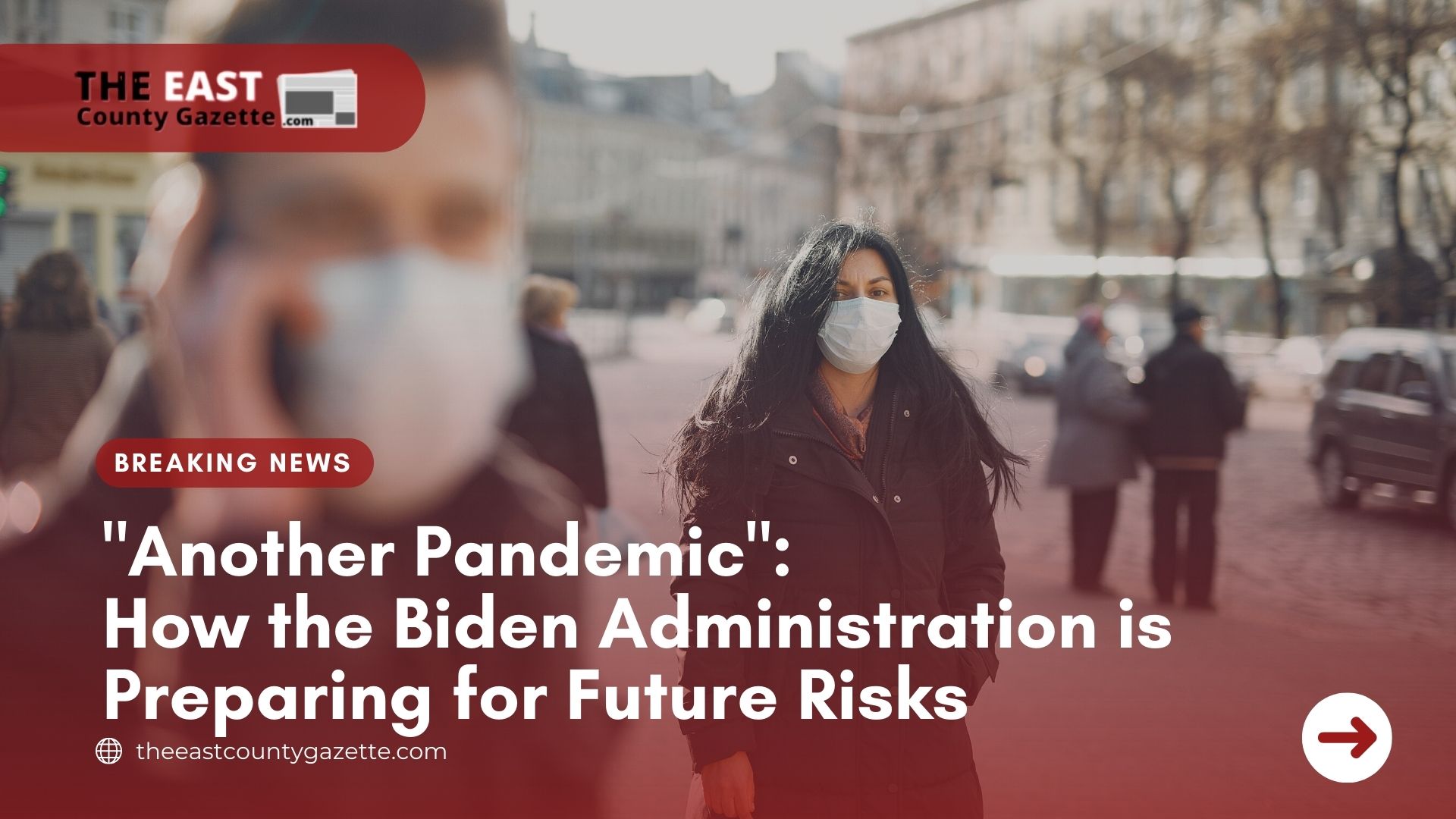“Five years from now, we need to have much better capabilities,” says Eric Lander, director of the White House Office of Science & Technology Policy.
The world can’t even say we have the tails of the COVID-19 pandemic right behind us yet, but the American government is already reportedly taking precautionary measures for future pandemic-like crises.
These precautionary measures included a $65.3 billion proposal which is heavily allocated for the United States’ response and recovery to future biological threats. More than one-third of the cost would be spent on vaccine development and distribution capabilities.
Recommended Read: COVID-19 Delta Variant Doubles Risk of Hospitalization for Unvaccinated
This is big money: almost as big as what was spent on the Apollo program to get the first man on the moon.
According to reports, this is what the plan aims for:
- To dramatically expand the arsenal of vaccines, therapeutics, and diagnostics;
- To strengthen public health systems both in the U.S. and internationally;
- To improve the ability of the U.S. to produce personal protective equipment and other vital supplies;
- To improve early detection of pandemic threats; and
- To create a centralized “mission control” to be in charge of an effort that will draw on multiple federal agencies.
The administration is optimistic that lawmakers will include an initial $15 billion in the $3.5 trillion spending package that Democrats hope to pass this fall to expand the social safety net, address climate change, and more, according to Lander.
Recommended Read: New COVID Study: Some People Vaccinated with Pfizer Lose 80% Immunity
It seemed as though the COVID-19 pandemic was a wake-up call to innovate health care systems.
Should another pandemic come our way within the next decade, medical systems should be well-equipped to handle tests, surges, vaccinations, and other medical processes to avoid the damage caused by the coronavirus pandemic.
It’s only right to prepare especially in a time when biological threats have become more transmissible: often from animals to humans because of population growth, climate change, habitat loss, and human behavior. Once infections are transmitted, diseases spread faster with increased global travel.

